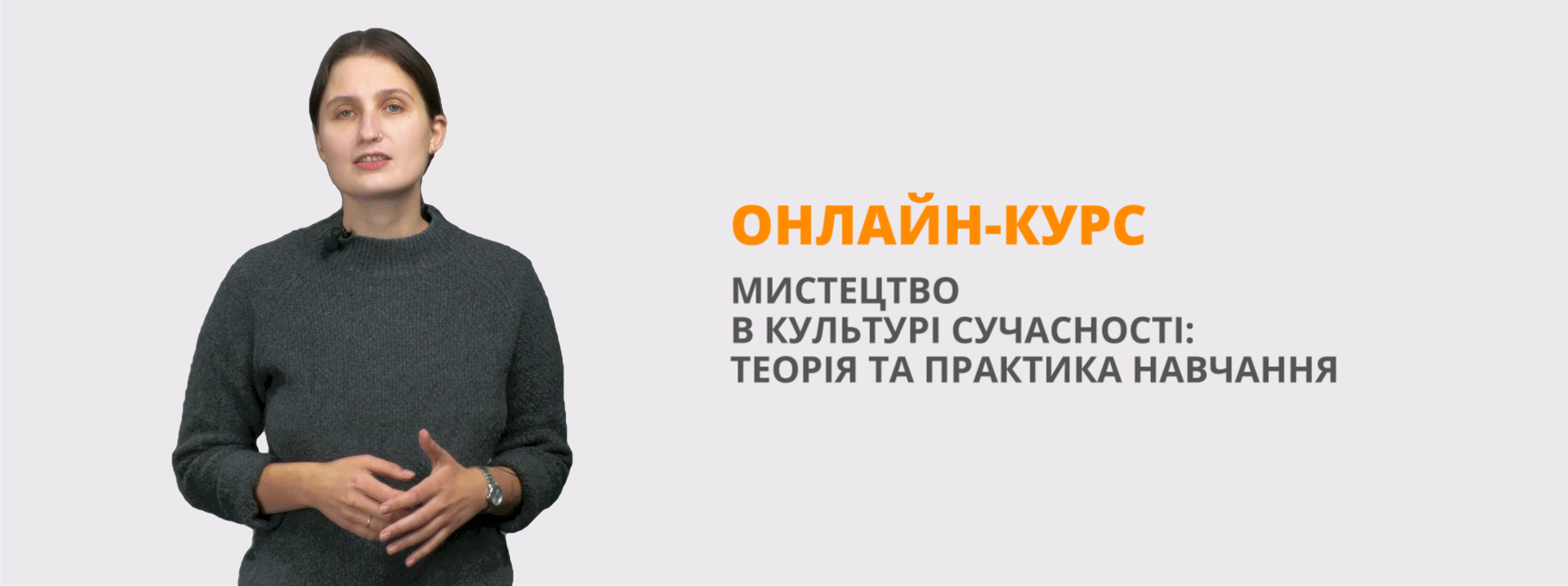Альберт Ейнштейн. Чек-ап завдання
|
T E A C H E R' S |
N O T E S |
||
|
|
Jenny Roden |
|
|
|
|
|
|
|
Albert Einstein |
IYpe of activity
Reading and speaking. Group and pair work.
Aim
To practise past tense questions.
Task
To exchange information on Albert Einstein.
Preparation
Make one copy of the worksheet for each pair of students. Cut the worksheet in half as indicated.
![]()
30 minutes
Procedure
I Introduce the topic by asking the students to tell you everything they know about Einstein. Ask them to think of questions they could ask to find out more about him, e.g. When was he born? When did he die? Why was he famous? etc.
2 Divide the students into two groups. Give worksheet A to each student in group A and worksheet B to each student in group B. Explain that each group has incomplete information about Einstein. Ask the students to read their worksheet and decide in their groups which questions they need to ask to complete the missing information. Circulate and monitor, helping as necessary.
3 When the students have finished, ask them to form pairs with a student from the other group. Ask the students to take turns to ask their questions. Circulate and monitor, noting down any errors.
4 Check the answers with the whole class.
Answers
|
1 1955 |
|
|
2 Germany |
b Patents office |
|
3 Swiss |
c lecturer |
|
4 Zurich Polytechnic |
d Institute of Advanced |
|
5 schoolteacher |
Study, Princeton |
|
6 PhD |
e theoretical physics |
|
7 theory of relativity |
f Nobel Prize |
|
8 President Roosevelt |
g pacifist |
h split the atom I N S I D E O U T Resource Pack
|
|
|
|
Albert Einstein |
![]() A Albert Einstein (1879- (l)
A Albert Einstein (1879- (l) ![]() ) was born in (2) but took out (3)
) was born in (2) but took out (3) ![]() citizenship in his mid-twenties. Surprisingly as a child he wasn't a remarkable student. In fact he failed his first attempt at the entry exam for (4). However two years later he passed and, after his graduation in 1900, he worked as a (5)
citizenship in his mid-twenties. Surprisingly as a child he wasn't a remarkable student. In fact he failed his first attempt at the entry exam for (4). However two years later he passed and, after his graduation in 1900, he worked as a (5)![]() before getting a job in the Patents office in Bern. He worked there from 1902 to 1909. In 1905 he published three papers on theoretical physics and, in the same year, he obtained his (6)
before getting a job in the Patents office in Bern. He worked there from 1902 to 1909. In 1905 he published three papers on theoretical physics and, in the same year, he obtained his (6)
In 1908, he became a lecturer at the University of Bern. His genius brought him respect and he went on to hold various professorships. In 191 5 he published the final version of his (7)![]() When his theories were verified four years later, he became world famous and was awarded the Nobel Prize in 1921.
When his theories were verified four years later, he became world famous and was awarded the Nobel Prize in 1921.
However, in 1933, while Einstein was visiting California, Hitler came to power. Being Jewish, Einstein decided to remain in the USA and continued his research at the Institute of Advanced Study, Princeton where he remained until his death.
During the First World War Einstein had been a pacifist, but prior to the Second World War, he abandoned this idea because German scientists had managed to split the atom, and an atomic bomb was now possible. He believed Hitler was a threat to world peace. He therefore persuaded (8) , in i 939, to develop a US atomic research programme.
![]()
 ALBERT EINSTEIN
ALBERT EINSTEIN 
|
1 |
Personal information |
Publications and awards |
|
|
Date & place of birth: (a) |
1905: Published three papers on |
|
1 |
Date & place of death: 1955, USA |
|
|
|
Education |
1905: Obtained a PhD |
|
|
Studied at Zurich Polytechnic Work |
1915: Published his 'theory of relativity' 1921: Awarded the (f) |
|
|
1900—1902: schoolteacher |
Other information |
|
|
1902-1909: (b) |
• Took out Swiss citizenship in 1901 and |
|
|
Switzerland |
American citizenship in 1933. • The First World War: He was a |
|
|
1908: (c) |
(g) |
|
1 |
1909—1914: various professorships |
• The Second World War: German scientists |
|
|
1933-1955: physicist, (d) |
had managed to (h) |
|
|
|
and Einstein believed that Hitler was becoming a threat to world peace. In 1939, |
he persuaded President Roosevelt to develop a US atomic research programme.
C Sue Kay and Vaughan Jones, 2001 . Published by Macmillan Publishers Limited. This sheet may be photocopied and used within the class. Photocopiable

про публікацію авторської розробки
Додати розробку
